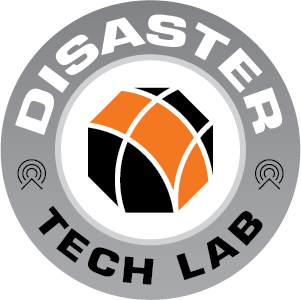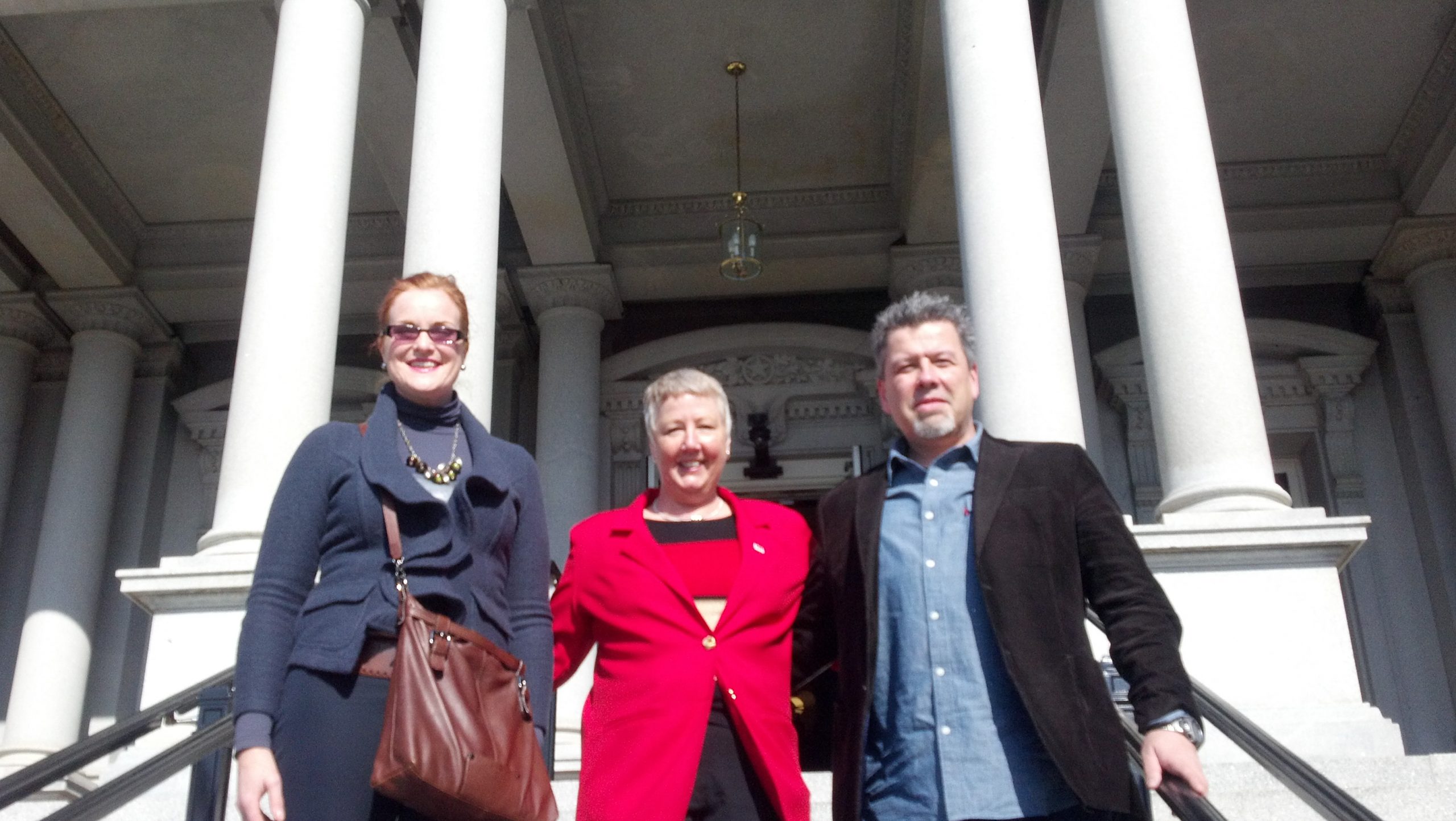FEMA Think tank @ White House!
On February 5th the Disaster Tech Lab founders (@TheEvertBopp & @Mrs_Bopp) travelled from Ireland to Washington DC to attend a Think-event in the Eisenhower Executive building (part of the White House campus) organised by the FEMA Innovation Team. Disaster Tech Lab was asked to join the FEMA Innovation Team during the response to Superstorm Sandy and this eventually resulted in am invitation to this event. Also present would be the founders of Humanity Road and Information Technology Disaster Resource Center two organisations with whom we had worked closely during the post-Sandy response.
The Think-tank event had a good mix of people present, there were representatives from organisations like ourselves, FEMA senior staff members, other state agencies, academia etc. The thing missing were representatives from those communities affected by Sandy. The event was opened by Janet Napolitano, Rich Serino and Richard Reed (Deputy Assistant to the President for Homeland Security). First point on the agenda was a national conference call open to the public. An operator moderated the questions and people present in the room would answer them. A wide range of relevant issues were addressed. There’s a (low-quality) video on youtube of this. Full audio and a transcript are available on this website.
Kate Bopp, Cat Graham & Evert Bopp
Next was a round table discussion dealing with as agenda points Communications. Analytics, SMEM (Social Media Emergency Management), Creativity and more. There was some frank exchange of opinions and points of view. Ideas were tabled and discussed on issues such as wireless communications in disaster hit areas (our speciality), the next generation of FEMA DRC’s, how to better meet citizen needs and how to bridge the gap between the formal organisations such as FEMA and the informal disaster response organisations which are increasing rapidly and which have shown a greatly agility in responding.
One point that became obvious during the day is that FEMA currently is only aware of work and organisations in its direct periphery. Anything which is happening outside that circle (and there is a lot happening outside it) hasn’t blipped on the FEMA radar. This has led to a slightly skewed view of what is happening and most of all of what needs to happen to improve disaster response work in the future. However it was great to see that the mix of people and organisations from different backgrounds and with different agendas present at this event made for lively discussion and has opened a door to different forms of future cooperation. FEMA has made a major step forward by opening the door to “outsider input” and I applaud them for it. Progressing down this road will lead to an improvement in what really is the focus of disaster response; helping those in need.



